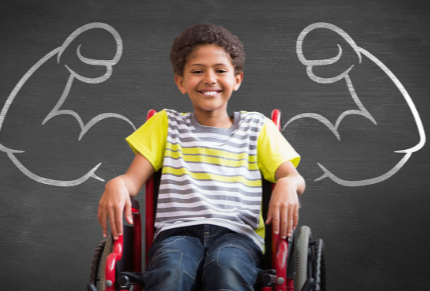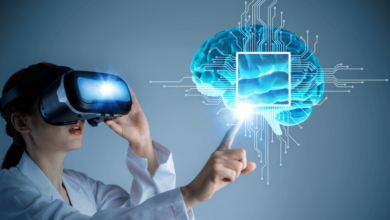How Does Cerebral Palsy Affect a Child’s Daily Life and Development?

Cerebral palsy is a neurological condition that affects movement, coordination, and muscle tone. It is caused by damage to the developing brain, often occurring before, during, or shortly after birth. The effects of cerebral palsy vary widely from one child to another. While some children experience mild impairments, others may face significant challenges that impact nearly every aspect of their daily life and development.
Understanding how cerebral palsy affects a child’s physical, emotional, cognitive, and social growth is crucial for caregivers, educators, and healthcare providers. With the right support, children with cerebral palsy can lead meaningful and fulfilling lives, despite the obstacles they may encounter.
Physical Effects on Daily Life
One of the most immediate and visible ways cerebral palsy affects a child is through physical limitations. These may range from minor coordination issues to severe mobility problems. Children with cerebral palsy may struggle with tasks such as:
- Walking or crawling
- Sitting upright without support
- Using their hands for fine motor tasks like writing, eating, or dressing
Depending on the severity of the condition, a child may need mobility aids such as walkers, braces, or wheelchairs. Daily activities such as brushing teeth, using the toilet, or playing with peers might require extra assistance or adapted equipment. These limitations can affect a child’s independence and self-confidence, particularly as they grow older and seek more autonomy.
Impact on Communication and Speech
Many children with cerebral palsy have difficulties with speech and communication due to muscle control problems in the face, mouth, and throat. This can make it hard for them to speak clearly, control their breathing while talking, or even make facial expressions. In more severe cases, a child may be nonverbal and require assistive technology like communication boards or speech-generating devices.
Speech and communication challenges can lead to frustration, especially when a child cannot express their needs or feelings effectively. It may also affect their ability to form relationships, participate in class discussions, or engage in social activities.
Cognitive and Learning Challenges
Cerebral palsy itself does not always affect intelligence, but many children with the condition also have coexisting developmental or learning disabilities. These may include:
- Difficulties with memory, attention, and concentration
- Delays in learning to read or solve problems
- Lower academic performance compared to peers
A child with cerebral palsy may require individualized education plans (IEPs), specialized instruction, and one-on-one support in school. Early intervention programs can play a critical role in helping them develop the cognitive skills necessary to thrive in academic settings.
Emotional and Social Development
Living with a physical disability like cerebral palsy can influence a child’s emotional well-being and social development. Children with cerebral palsy may feel different from their peers, which can lead to feelings of isolation, low self-esteem, or anxiety. If they are excluded from physical activities or social interactions because of their limitations, they may struggle to form friendships or participate in group activities.
Supportive families, inclusive school environments, and access to counseling or therapy can help children build resilience and develop strong social skills. Encouraging participation in adapted sports, clubs, or community groups can also foster a sense of belonging and accomplishment.
Effects on Family Life
Cerebral palsy doesn’t just affect the child—it impacts the entire family. Parents and caregivers often need to take on extra responsibilities, such as attending therapy sessions, managing medications, and coordinating medical care. Financial strain, emotional stress, and physical exhaustion are common, especially when care demands are high.
Siblings may also feel the effects, either by taking on caregiving roles or struggling with the extra attention their brother or sister receives. Family counseling and support groups can be valuable resources for managing these challenges and maintaining a healthy family dynamic.
Read more: sbi technology oppo device
The Importance of Early Intervention
Early diagnosis and intervention are critical in minimizing the impact of cerebral palsy on a child’s daily life. Physical therapy, occupational therapy, speech therapy, and special education services can all contribute to a child’s development. These interventions aim to build strength, improve coordination, develop communication skills, and support learning.
With consistent support, many children with cerebral palsy make remarkable progress. Although the condition is lifelong and currently has no cure, early and ongoing intervention helps maximize each child’s potential.
Conclusion
Cerebral palsy affects every child differently, but it often brings challenges that touch every part of life—physical, emotional, cognitive, and social. It can impact everything from walking and talking to learning and making friends. However, with early intervention, appropriate therapies, and a supportive environment, children with cerebral palsy can overcome many obstacles and achieve a high quality of life. Understanding the wide-ranging effects of cerebral palsy is the first step in creating inclusive, compassionate communities that help every child thrive.





